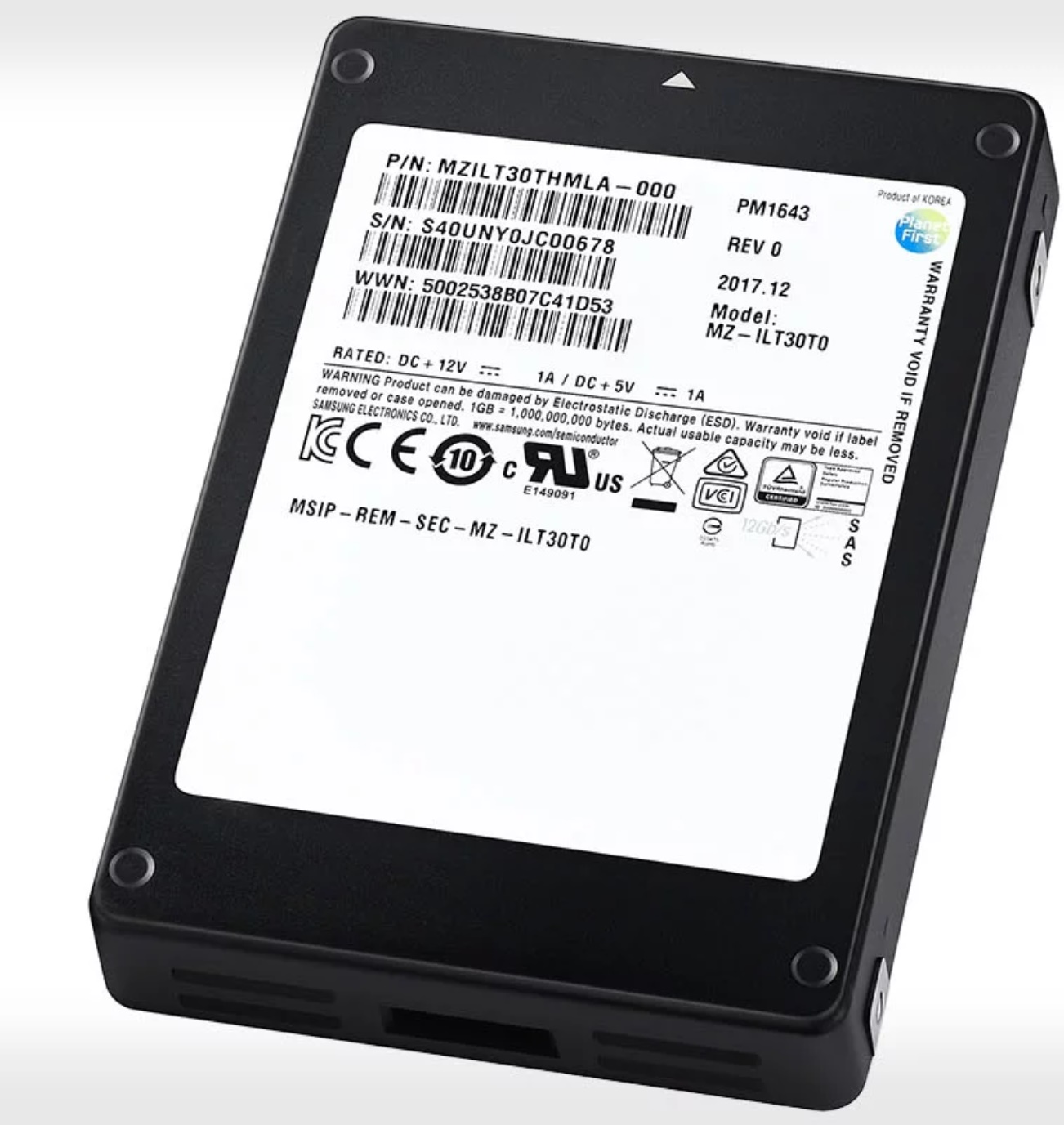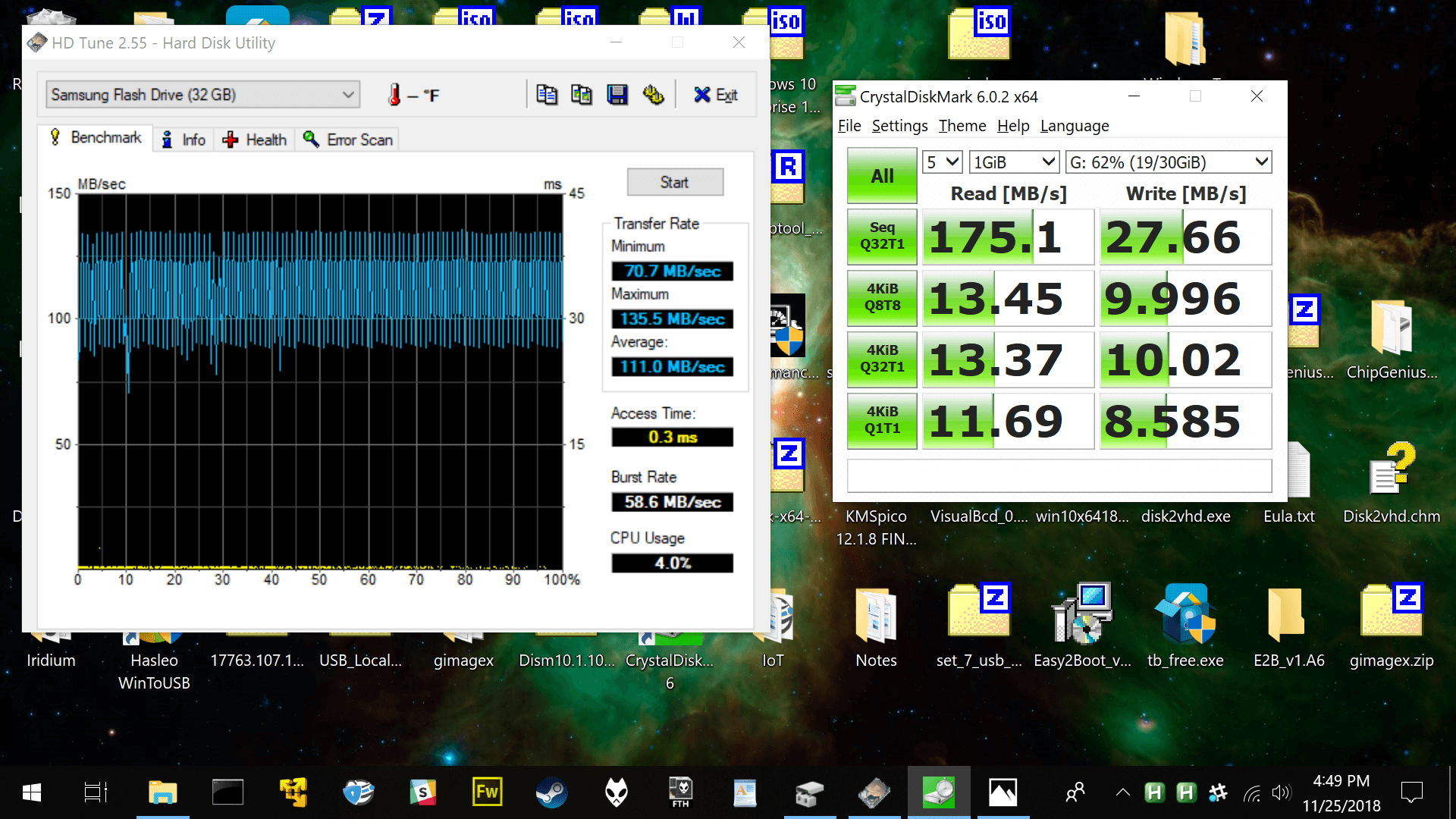If you've switched to the Mac, welcome aboard. Your old external Windows PC drive will work great on the Mac. Apple has built OS X Yosemite and some previous OS X releases with the ability to read from those disks just fine. If you're using such a drive and you'd like to write new data to them, you'll find you can't unless you add new software. Fortunately, you don't have to spend a dime.
Hard drive read write free download - Hard Drive Test Pilot, Hard Drive Upgrader, Hard Drive Inspector Professional, and many more programs.
Switch to Mac
- Here in this article we would use certain third party tools to read the Mac formatted drive on Windows. Just carry on reading to learn the methods in real. Method #1: Use HFSExplorer To Read Mac on Windows. It is freeware software available easily on the internet and can be used to read Mac files on Windows interface.
- May 14, 2015 Your old external Windows PC drive will work great on the Mac. Apple has built OS X Yosemite and some previous OS X releases with the ability to read from those disks just fine. If you're using such a drive and you'd like to write new data to them, you'll find you can't unless you add new software. Fortunately, you don't have to spend a dime.
Main
Every week our Peter Cohen brings you Switch to Mac — a column to help you move from Windows PC to the Mac and OS X!
One option is to back up your old Windows external drive (using Time Machine or another method). Reformat the drive using Apple's Disk Utility software and the company's HFS+ file system instead. Then you can restore the backed up data to the drive.
Even if the backed up and restored files originally came from a PC, they'll be stored on the drive using a file system the Mac fully understands. That way the drive will be fully Mac-compatible without any need for you to modify the operating system of the Mac to get it to work properly.
Obviously that solution doesn't work for everyone. Maybe the drive you're using has to be used with a PC occasionally. Whatever the case, the good news is that it's not a show-stopper: There are a few utilities out there that will enable Macs to write to mounted NTFS volumes.
Tuxera's NTFS for Mac is one of the best ways to do it. It uses smart caching to keep data transfer as fast as possible and works with every OS X version since 10.4 (Tiger). NTFS for Mac costs $31, and you can download a demo first to see how it does.
Paragon Software's NTFS for Mac 12 is another excellent choice. It includes several additional utilities for people who need to tinker or repair, to enable you to format drives with NTFS, check NTFS partition integrity, fix errors, and more. NTFS for Mac costs $19.95.
If you're a DIYer and you'd like to go the free route, you'll find a Sourceforge project called NativeNTFS-OSX that gets the job done. NativeNTFS isn't for rookies: It's a bash script that needs to run from the Terminal command line and requires you to have root (administrator) access to your computer.
An easier way to go is to download OS X Fuse, a third-party software tool that extends the Mac's file system capabilities. Follow the directions on the OS X Fuse website to download and configure the software. Follow the instructions to download NTFS-3G for Mac OS X, whose development seems stopped right now but still works in Yosemite. Once OS X Fuse and NTFS-3G are installed, your Mac should be able to read and write to NTFS disks just fine.
We may earn a commission for purchases using our links. Learn more.
educationApple announces new initiative with HBCUs to boost coding and creativity
Apple has today announced expanded partnerships with Historically Black Colleges and Universities to boost coding and creativity opportunities.
Usually Windows cannot read Mac formatted drive, but if you wish to use third party tools that can fill up the gap and provide access to Mac interface with Apple’s HFS+ file system on windows.

One thing you should keep in mind while dealing with this kind of scenario is that when you connect your Mac formatted drive to Windows, you will be informed to erase it with notification “you need to format the disk in drive X: before you can use it.” Just don’t click “Format” or else all the contents of the drive will be gone once and for all. Rather click “Cancel” to avoid the situation. The message generally pops up because Windows does not understand or recognize the Apple’s HFS+ file system. So don’t format until you get the important files out of the drive. But if it does not contain any important files, then you can surely go ahead by clicking the “Format” button.
Here in this article we would use certain third party tools to read the Mac formatted drive on Windows. Just carry on reading to learn the methods in real.
Method #1: Use HFSExplorer To Read Mac on Windows

It is freeware software available easily on the internet and can be used to read Mac files on Windows interface. Although HFSExplorer is not that fancy in appearance, but it does not install any driver that gets integrated with windows file explorer. So you can only open, read and copy the Mac OS files to Windows directory. In order to know its usage read carefully the steps mentioned below:

Step 1. Download HFSExplorer and install it accurately on your Windows PC.
Step 2. Connect your Mac formatted drive to your Windows PC and launch the HFSExplorer with admin privileges.
Step 3. Now go to “File” menu and click on “Load file system from device..”. It will trace your connected drive all of its own accord and you can easily load it.
Step 4. Once the files system is loaded you can see the file contents of the Mac formatted drive on the Graphical window.
Step 5. Select your files, and click “Extract” and choose a folder to save the extracted materials. They will straight away be copied to the location you have chosen on PC.
Also read: How to wipe a Mac clean before selling
Method #2:Open .Pages on Windows using iCloud
Opening a .page file format on Windows is not as simple as double-clicking the file and accessing it right away. But as long as you have the access to Apple ID, or any web browser like Chrome, Firefox, or Internet Explorer, you can definitely pull off the task. Just go through the method description given below to actuate the task:
Step 1. From your Windows PC, open any of your default browser and visit iCloud.com.
View Mac Hard Drive On Pc
Step 2. Next you have to sign in with your Apple ID. If you don’t have one, you can create one by the Sign-up option posted on the webpage. Now the surprising part is that signing up for an Apple ID immediately grants you 5 GB of free iCloud storage and this is what we are going to put to use in this tutorial.
Step 3. Once you are signed in to your Apple ID, click on the “Pages” icon and new windows will pop up.
Step 4. Click on “Settings” icon which is actually a “gear” icon and click on “Upload Document” option from the context menu. Again a new window will open up, and you have got to browse the pages that you wish to edit and upload it.
Step 5. Now to do the editing part, there are options available:
- Once the pages have been uploaded to iCloud, you can directly open and edit the documents utilizing web-friendly version of the Pages on the browser. It may not have all the tools you require as that of the Page app, yet it is commendable for quick changes.
- Secondly, you can click on “Tools” icon and choose “Download a Copy” option form the sub-menu and select “word” to re-export the documents as Word-friendly files and open it using MS work in your Windows PC. The documents will be downloaded as .doc file and is made available for further download on your PC.
Pc And Mac Hard Drive Software Read Write Free
Step 6. Your file would now be downloaded with .doc extension which can be easily accessed with MS Word Processors.
Conclusion:
Whether you use Mac or Windows OS, there shall obviously come a time when you will be bound to do use documents on both the systems, and you would definitely need a way out to open and modify documents between both the OS. Now running documents with .doc or .docx extension of windows is not that difficult to run on Mac, but if you decide to open .page file on Windows, follow the guidelines elaborated above.